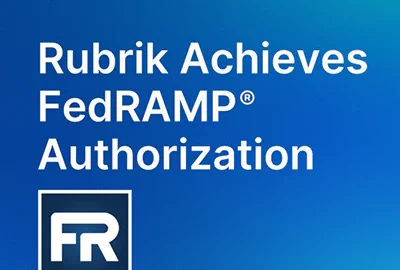Insight by Microsoft Federal
Choosing the right cloud platform to accelerate mission priorities
With multiple providers vying for government business in cloud, it’s essential to identify which platform can support your strategy and individual...
This content was provided by Microsoft Federal.
With more and more government organizations moving to the cloud, we’re only starting to realize its full potential. At its core, the cloud is both an operating environment to manage workloads—which can relieve agencies from spending too many resources on infrastructure nuts and bolts—and a platform for leveraging the latest technology innovations as they come online, such as AI and quantum computing.
Whether you’re working with a classified or an unclassified cloud environment, implementations should be considered in terms of speed of mission and capability enhancement. But with multiple providers vying for government business, it’s essential to identify which platform can support your strategy and individual workloads—especially the ability to support game-changing emerging technologies.
Mission first
While the cloud has become essential to many mission operations, it’s more than a productivity enhancer; the right cloud can provide a crucial information advantage for the long term.
It is important to think about long term mission needs when migrating to the cloud to leverage existing capabilities and future innovations. As new capabilities come available down the road, you’ll be best positioned to take immediate advantage of them if you’re using the cloud that hosts those capabilities. Look for a platform provider whose long-term roadmap aligns with your mission goals.
Security is non-negotiable
To maintain security and integrity, cloud platforms need to conform and comply with security controls up to IL6 and in top secret regions, depending on the level of classification. This is easily confirmed, but it’s only one consideration.
Your cloud platform should also allow easy implementation and management of role-based access, just like your on-premise systems, as part of your Zero Trust framework. Plus, look for consistent security controls across your cloud environment—including your hybrid and multi-cloud infrastructures. Fewer alerts, more transparency, and faster responses enable security personnel to focus on genuine, imminent threats.
There’s one more key consideration when evaluating your cloud implementation: the right platform can also prepare your agency for the breakthrough capabilities on the horizon.
Prepare for game-changing technologies
Generative AI and quantum computing are both coming into the mainstream, promising to power new mission capabilities that would have been near-impossible before.
- AI is already making an impact across government, with its ability to intelligently speed up tedious manual processes, deliver new insights, and provide better user experiences. For mission or enterprise work, AI truly shines when you integrate it with mission applications and work with your own proprietary data. This enhances human decision making by systematically combing through data and information, freeing users to perform other work.Trusted results depend on clean, relevant, indexed and searchable data. Generative AI can actually do much of that enrichment faster than other approaches can, especially when dealing with massive datasets. Look for a cloud platform that can use multiple Large Language Models (LLMs), especially GPT-4—considered to be the most powerful LLM currently available.
- Quantum will radically speed up computing time for tasks such as finding patterns hidden in intelligence inputs or making weather forecasting exponentially more accurate.
While quantum is still an emerging technology, it’s crucial to be ready for it with a cloud platform designed to easily handle the demands of hyper-speed computing and complex computational handling.
Shifting workloads to the cloud
Some practical ideas can help smooth the transition to the cloud:
- Create a landing zone. This means developing an infrastructure reference architecture or a “blueprint” that can be set up once and used repeatedly, providing both consistency and easier management of your cloud resources.
- Determine the best cloud environment for your mission. Look for the cloud that offers features that are best for your mission’s application and data. If multi-cloud makes sense for specific requirements to separate the two, be sure you can have centralized management of your multicloud environment.
- Take advantage of platform as a service (PaaS) functions. Identify how your agency can benefit from things that have been built already. Does a cloud platform offer a powerful native database or translation services? This can save time and reduce costs.
- Before moving complex workloads that are in constant use, try setting up a cloud environment for a new use case. This gives you the opportunity to see what a cloud-native environment can do to support critical functions and improve both employee and customer experiences.
Cloud as a mission enabler
While certain functions may need to stay on premise for now, especially where cloud apps still need to be developed and tested, cloud can amplify a broad swath of mission capabilities. With the right cloud infrastructure, delivering insights from the command center to the edge becomes faster, more scalable, and highly cost-effective.
Taking the time to understand what each cloud provider offers today, plus their roadmap for incorporating essential emerging technologies, will provide an information advantage—and mission enhancement—for years to come.
Copyright © 2025 Federal News Network. All rights reserved. This website is not intended for users located within the European Economic Area.






